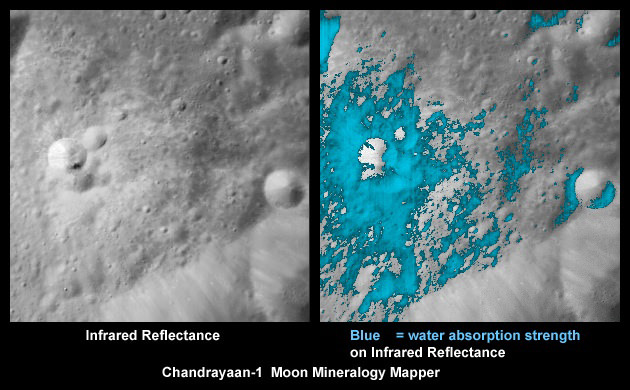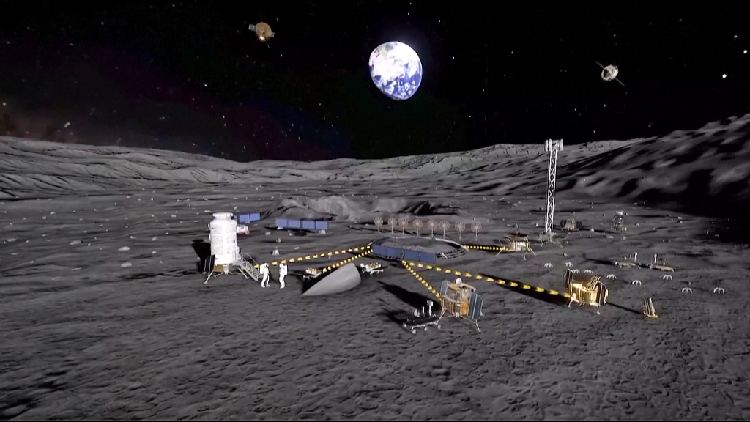It’s been a big week for Chinese space exploration. First a successful test flight of Zhuque-3 and this week we learned of their plans to explore the Moon’s South Pole. Previous missions have even returned samples to Earth but the Chinese landers have yet to explore more southerly areas of the Moon. Chang’e-6 is due to launch in a few months to collect samples from the far side of the Moon while Chang’e-7 launches in 2026 to the Moon’s south pole.
It’s an exciting prospect to see China continuing their exploration of the Moon. in a paper recently published, the team from the Natinoal Space Science Centre under the Chinese Academy of Sciences and China Lunar Exploration and Space Engineering Center (sorry, that is a mouthful) explore the scientific goals and the payloads required to reach those targets. One of the key goals is to explore the craters around the south pole to study the water ice lurking in the shadows.
Scientists have wondered about the existence of water on the Moon for decades but it wasn’t confirmed until 2020. Data returned by NASA’s SOFIA mission finally confirmed that there was water on the surface of the Moon locked up as molecules of H20 inside or possbily just sticking to grains of lunar dust.

The Chinese team are hunting down water ice in the south pole region where the low height of the Sun above the horizon means the heat arriving at the surface is less intense and doesn’t reach the bottom of the deep craters. It is in these cold regions they hope to find the ice and other volatile substances.
They are not just hunting water though, they plan to explore the composition and shape or morphology of the lunar surface, the internal structure of the Moon, its magnetic fields and the general environment around the south pole. An intriguing element of the mission is the Lunar-Earth Very-Long baseline interferometry experiment which is exploring the viability of an interferometer with elements based on the Earth and on the Moon to give unprecedented resolution data.
In total, and to address all of these mission objectives, Change’e-7 will be home to a total of 18 payloads. The probe will consist of an orbiter, a lander, a rover and if that wasn’t enough, a miniature flying probe. If all goes to plan the lander will touchdown on the rim of a crater illuminated in sunlight near the south pole along with the rover and flying probe. The probe will be armed to its teeth with instruments including; cameras, radar, water and minieral analyzers, spectrometers, magnetometers, seismograph and a volatiles detector.
It is an ambious mission, chiefly due to the amount of technology and mission objectives but if it does all go well then Chang’e-7 will help us to learn more about the south pole of the Moon and also help to pave the way for a future long term lunar research station.
Source : China reveals goals, payloads of its lunar water-ice probe mission

